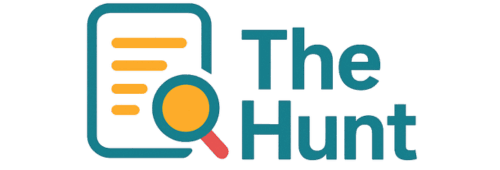In today’s medical world, the use of Sign Language Interpretation for clinics has become increasingly popular. An interpreter translates words from the Sign Language to the English language. It is important to note that not all clinics use the service of an interpreter. Most offer the service of interpreting with the aid of a hand-held device known as an ‘avatar.’ This device allows a patient to see a text presented on a monitor or a white paper passed to them by a caregiver.
Another example of Interpreters at clinics includes the provision of interpreting services for people who are deaf or hard of hearing but cannot speak English. Several cultural differences exist between Sign Language and the English language, so many people require the assistance of an interpreter who can provide them with a voice translation. Sign Language Interpretation for clinics have to learn the specific English language to perform this translation. Some clinics offer interpretation services for particular situations.
The most common medical reasons for requiring interpreters at clinics are interpreting billing, surgery or procedure interpretations, birth certificates, and medical information needed for patients who need assistance with their health. Other types of medical interpreters include psychotherapists, who need to effectively convey messages from one patient to another to assist them with therapy sessions or diagnosis. Crisis communication is also another popular use for interpreters, especially in situations where accurate communication is imperative. In these instances, having a reliable translator with a firm grasp of the complexities of different languages is crucial.
There are also some specific situations that would require the use of interpreters beyond the traditional clinic setting. For example, the United States military runs regular training for its members on proper communication practices. On a daily basis, clinics and hospitals utilize interpreters in order to communicate with patients and medical staff who may not be fluent English speakers. As more medical professionals choose to communicate through an interpreter, there is a definite need for language interpretation for clinics that provide services outside of the traditional hospital setting.
While medical and legal needs for language interpretation may have increased in recent years, there are still many other applications for language interpretation for non-medical facilities. Some companies use a single translator, but many more clinics utilize multiple interpreters on each call. In some instances, two or more interpreters can be used simultaneously, allowing clinics and to handle thousands of calls each day.

